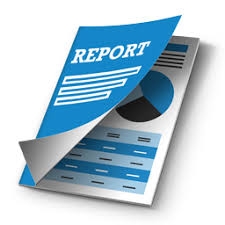What is montage?

Have you ever created a picture collage for your friends or family member’s birthday? If yes, you know how it works - you take different photos of the person including some amusing ones from their childhood or with different sets of people-and paste them on a single piece of paper. The result is astounding– you have managed to capture the memorable moments of a person’s life on a sheet of paper.
Did you know that filmmakers to use this technique to tell long stories over a short span of time? Enter the world of montages, one of the most crucial tools of a film maker.
What is a montage?
Like a picture collage, a montage is a series of moving or still images that are edited together to create a scene. It is an artistic technique used in filmmaking to communicate a large amount of information in just a few seconds. It is done using various techniques such as juxtaposition of shots, quick cuts and voice overs.
The word “montage” has been derived from the French language. It is a term used to describe the connection of individual pieces into a cohesive whole.
Montages can create some of the most memorable scenes in a film. Here are some reasons why and how montages are used:
Time lapse
Unlike a book, films don’t have the luxury of time. They need to tell stories quick. This means condensing the plot, back stories of characters and character development into just a couple of hours. So how do filmmakers manage to do all that in such a short span of time? Well, the speed up time, literally!
Remember the opening sequence of Pixar’s heart-wrenching film “Up”? The entire love story – from their first meeting to their marriage and old-age – of the two main characters is brilliantly summed up in the sequence. Sequences created this can condense weeks, months, or even years into less than a minute on screen.
Training montage
Often the transformation of a character can be the most important part of a film. Sports films use something called ‘training montages’ to show a character preparing for a major event in the story. Sylvester Stallone‘s training montages from the “Rocky” films are classic examples. Scenes of Rocky exercising and climbing a flight of stairs capture his long stretches of training in just few seconds. You can find similar training montages in films such as “Chak De” and “Dangal”.
Combining multiple storylines
Montage can be used to drive home the central theme or plot point of the film through just one scene. It is done by combining different scenes of featuring multiple events or places into one using musical score or a narrative voice-over in the background. This increases the intensity of the film and also builds up pace. Shots are arranged next to each other.
For example, the famous scene in “The Godfather”, which shows the shots of assassinations of different mafia leaders with the baptism of Michael Corleone’s nephew. It conveys that Michael is the new don. If the scenes were separate, it would not have been this impactful.
Picture Credit : Google
